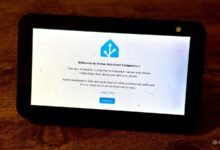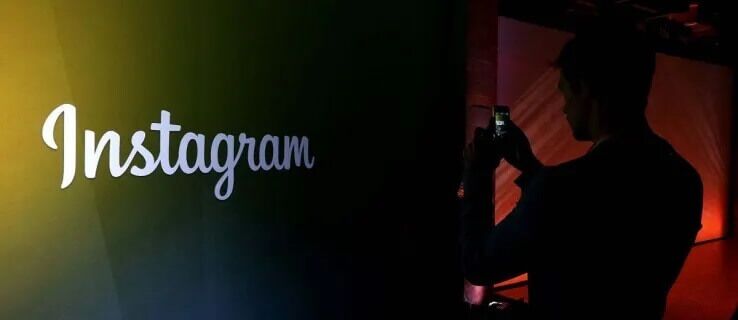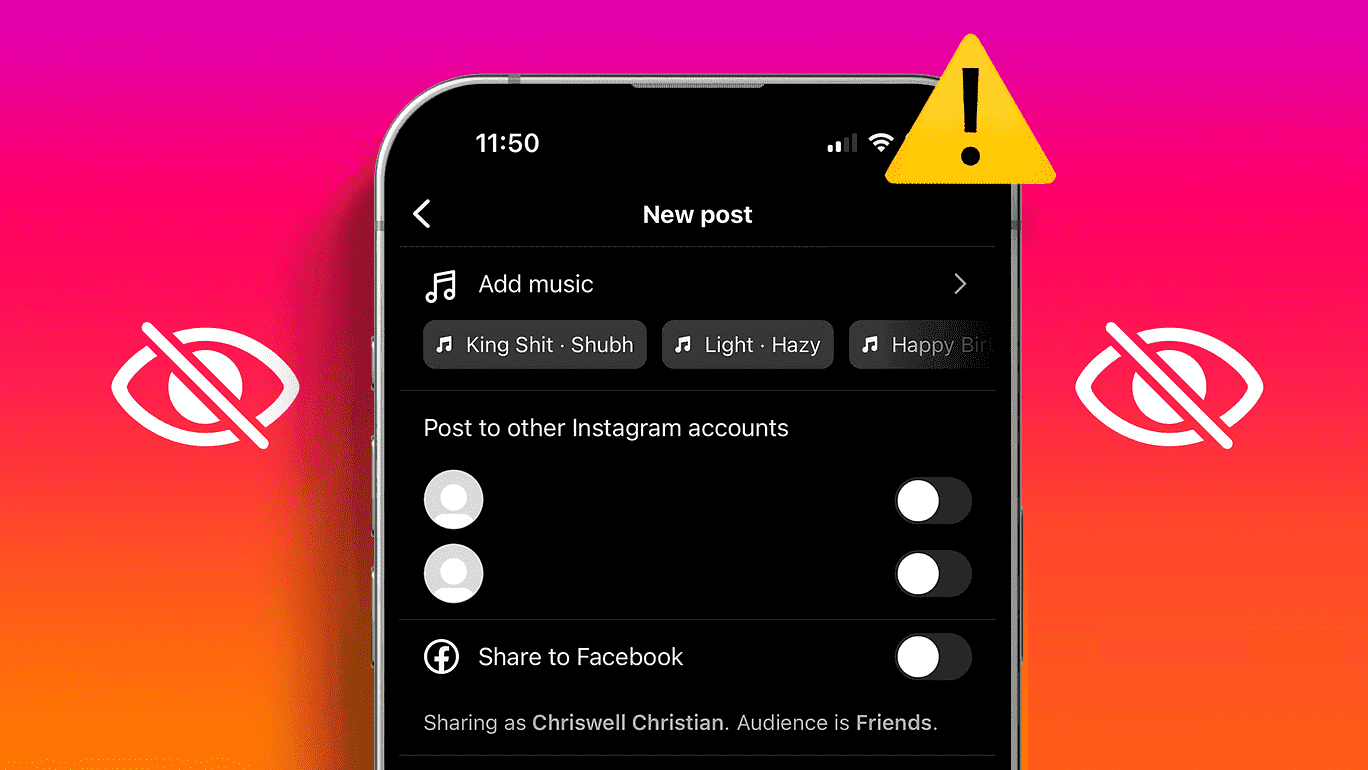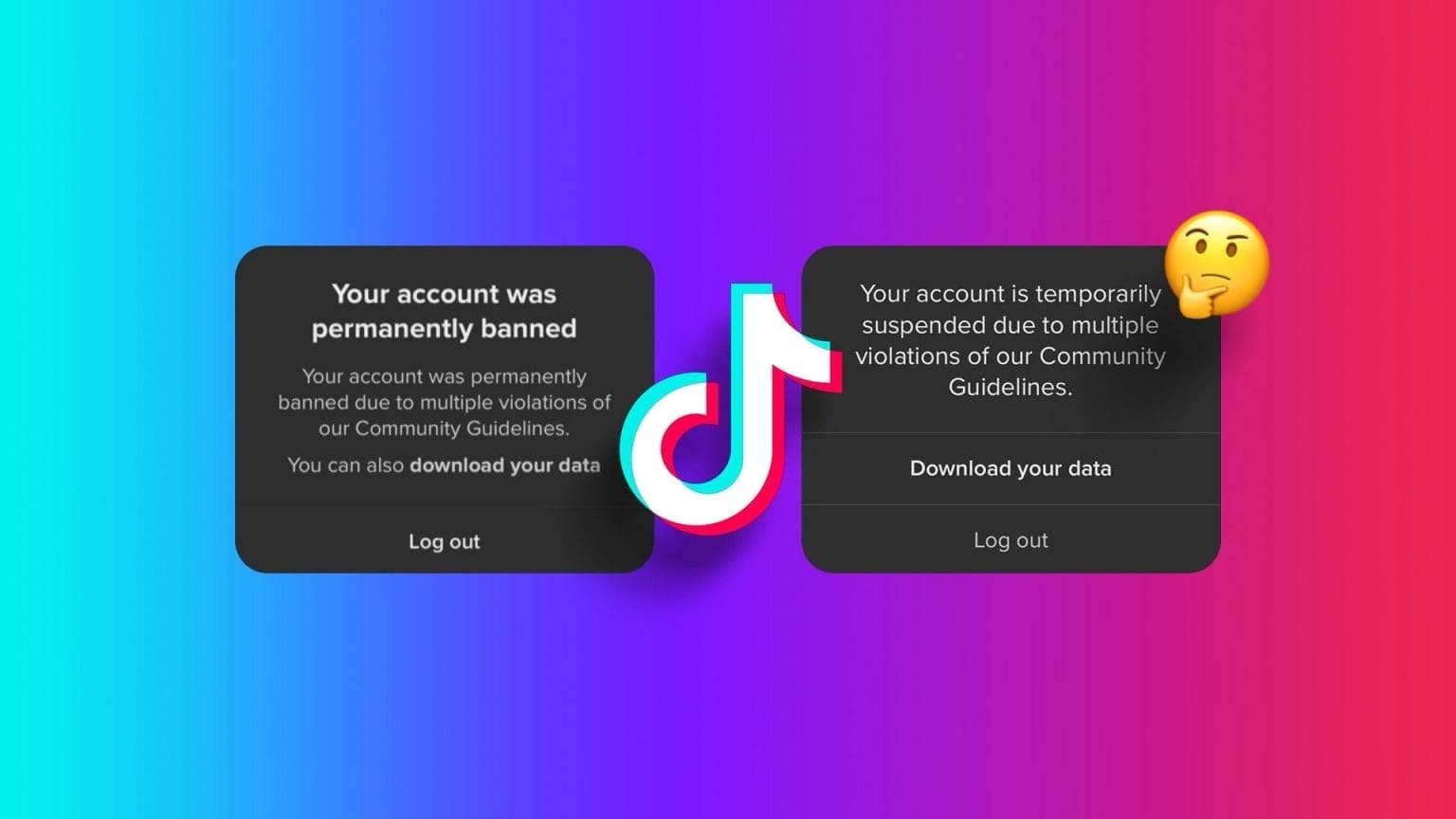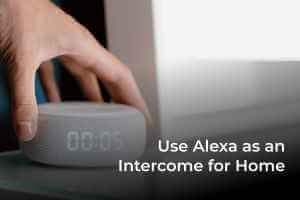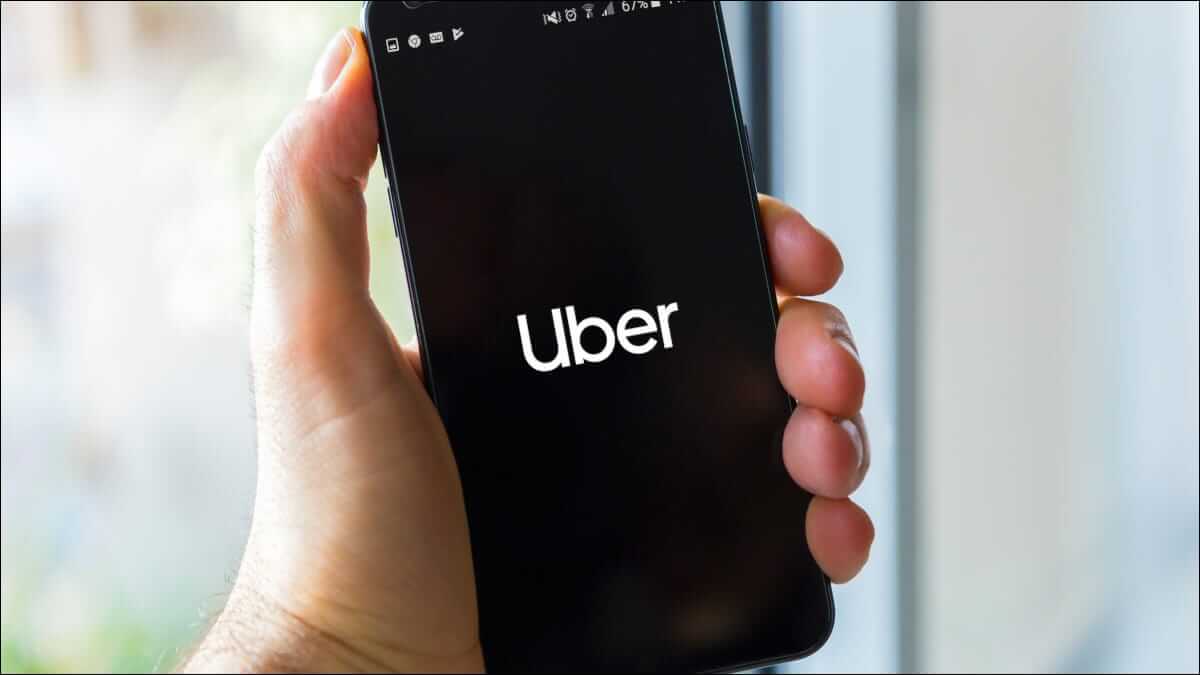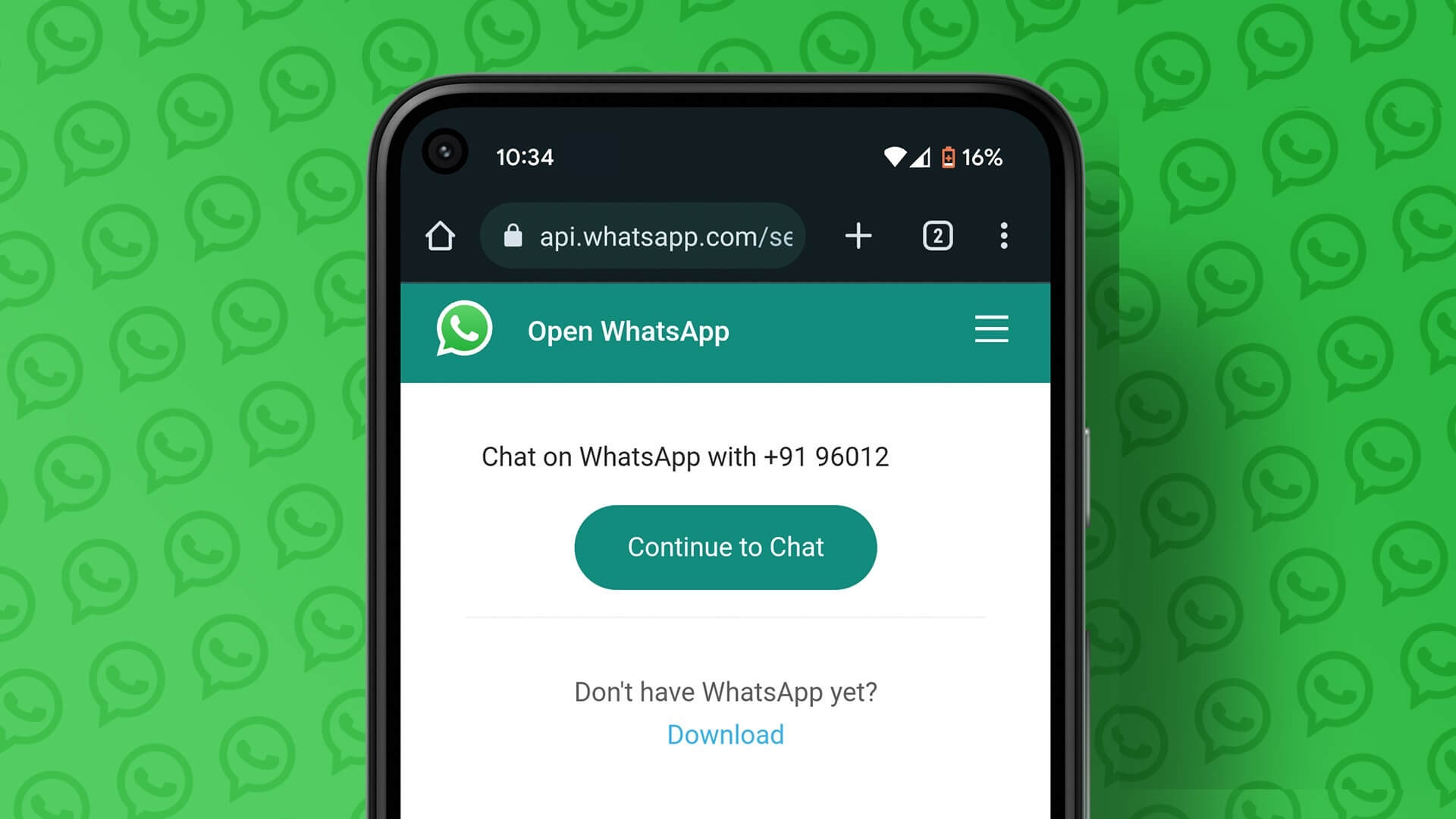Windows laptops from Lenovo, Dell, HP, and others offer enhanced power, battery efficiency, and a slimmer design. While the design changes are welcome, battery issues continue to plague users. Sometimes, a Windows laptop fails to charge even when plugged into a charger. If you're experiencing the same issue, let's troubleshoot and fix your Windows 10 laptop not charging.
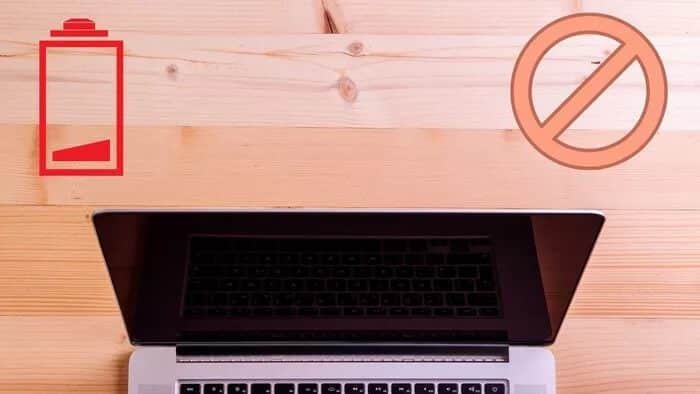
The problem has become more Clarity with the Dell XPS lineupThe device stays connected to a power source but won't charge the battery. We also experienced the same issue on the HP Spectre x360.
No matter what kind of Windows laptop you have, you can follow the troubleshooting steps below and fix the Windows 10 laptop not charging issue.
1. Check the power supply.
This is pretty basic, and you should have checked it because your laptop isn't charging. However, it's still worth noting that it's removed from the list. Check the wall outlet to see if it's providing enough power and working properly.
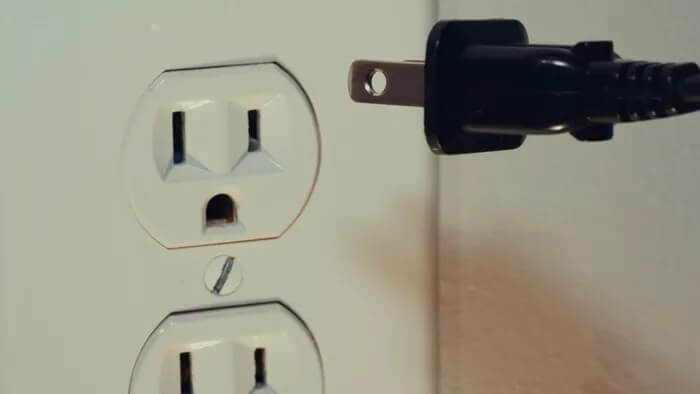
Also check the power switch you plugged the charger into. If that doesn't work, try a different wall outlet.
2. Check the power adapter.
There are two factors to check with your power adapter. Try using the same power adapter with other devices, if possible. If it works, the problem may be with your laptop.
If the power adapter doesn't work with another device, you'll need to take the power adapter to the nearest service center. Otherwise, you'll need to purchase a new power adapter.
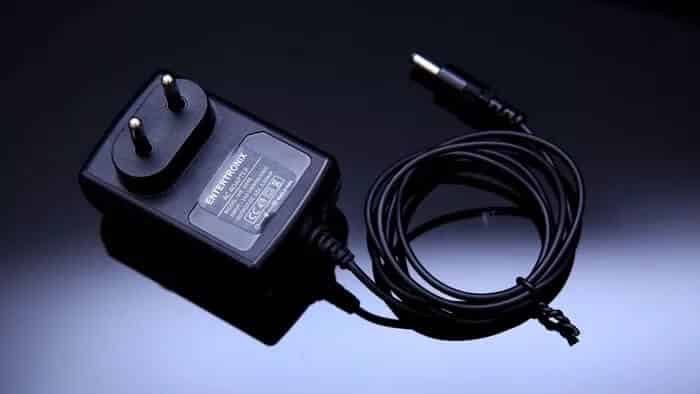
If you're already using a third-party power adapter, check its maximum output. For example, a Windows 10 laptop supports a 65W charger, but the power adapter it's connected to has a maximum output of 45W. In this case, your laptop won't be detected and charged.
3. Check the cable
This happened to us. We used the default HP Spectre x360 charger with our laptop, and it didn't work. So we used a different Type-C to Type-C cable, and it started charging the laptop normally.
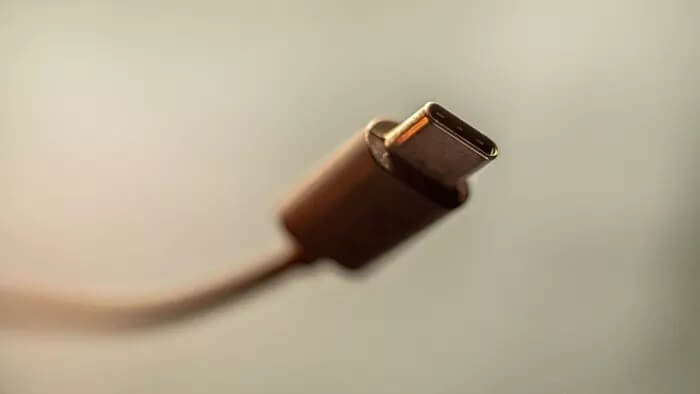
You can pick up a third-party cable from Amazon or a local store and try your luck charging your Windows 10 laptop.
4. Check the charging port on your laptop.
If your laptop's charging port is damaged, it will have difficulty charging. If your laptop has more than one charging port, you can try a different one.
If this works, you should take your laptop to an authorized service center to diagnose and repair the problem.
5. Uninstall battery drivers
Some users have successfully fixed their laptops that won't turn on using this method. Follow the step-by-step instructions below.
Step 1: Press the Windows key and type Device Manager.
Step 2: Open the Device Manager menu and find Batteries under it.

Step 3: Expand the Batteries list and right-click Microsoft ACPI-compliant control method battery.
Step 4: Select Uninstall Device.

Restart your laptop. If your laptop has a removable battery, remove it and disconnect it for a few minutes. Then, reconnect the battery and turn on the laptop. Try connecting the charger to the mains, and the battery should fill up again.
6. Troubleshooting the power supply
Windows provides Handy troubleshooting tool It helps you fix power-related issues on your laptop. Here's how to use it.
Step 1: Open the Settings app on your laptop.
Step 2: Go to Update & Security > Troubleshoot.
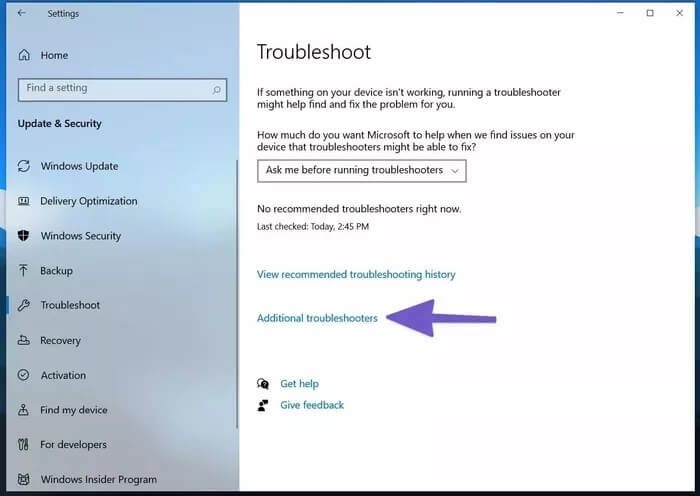
Step 3: Scroll down and tap Power.
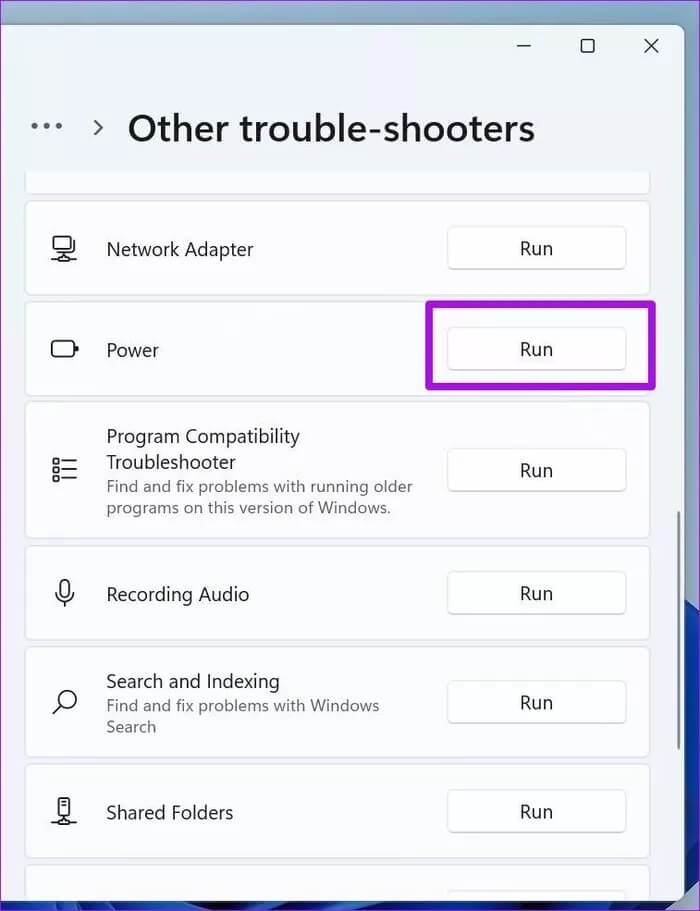
Step 4: Click Run the troubleshooter.
Follow the on-screen instructions and complete the troubleshooter on your computer.
Restart the device and start charging the laptop to see if it fixed the issue or not.
7. Check battery health
This mostly applies to older laptops. Every laptop battery comes with a fixed number of charging cycles. After all, they're made of lithium-ion materials, which wear out over time.
Most laptop manufacturers like Dell, HP, ASUS, Lenovo, etc. pack hardware diagnostic software to allow you to properly see your laptop's hardware.
On HP, it's called HP Support Assistant. You can press the Windows key and try searching for the app by typing the OEM name. So, the battery health check process is pretty similar to other laptops.
Step 1: Open the Virtual Machine Diagnostics application on your laptop. For example, an HP laptop was scanned using the HP Support Assistant application.
Step 2: Select the battery.

Step 3: Click Run Battery Check. Keep the charger connected so HP can check it as well.
Step 4: From the list of results, click Show advanced information.
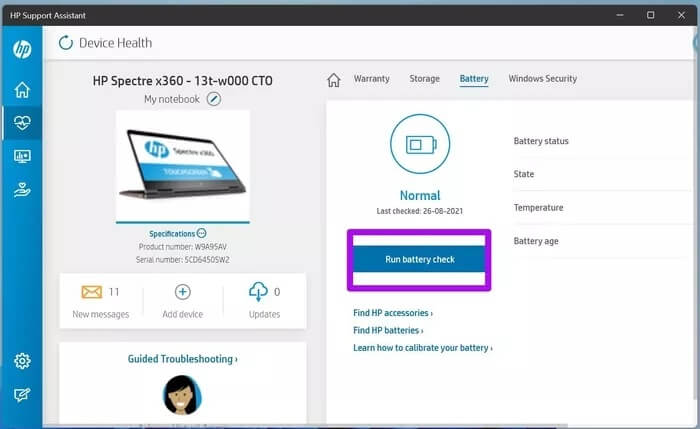
Step 5: Check the cycle count. Modern laptops have a cycle count of 1000. If the charging cycle count exceeds this, your laptop battery will need to be replaced soon.
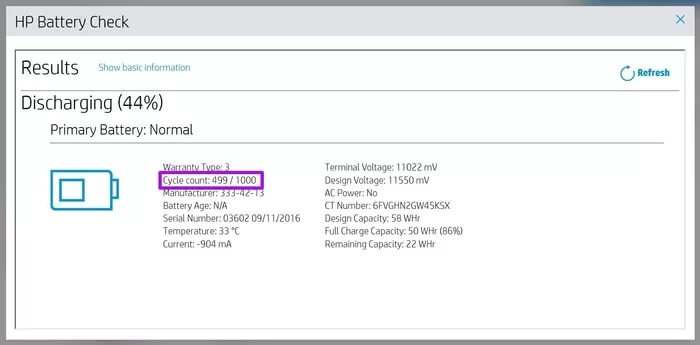
You can also check other information from the same menu, such as battery temperature, battery life, remaining full charge capacity, and more.
8. Run a Windows Security Scan
Are you experiencing sudden battery drain after randomly installing a third-party app from the web? In this case, even if the included charger charges your laptop, it won't be able to exceed the laptop's battery drain rate.
You can use the Windows Security Tool to remove malicious programs and files from your laptop. Here's how to use it.
Step 1: Click the Windows button and search for Windows Security.
Step 2: Open Windows Security and go to Virus & threat protection.
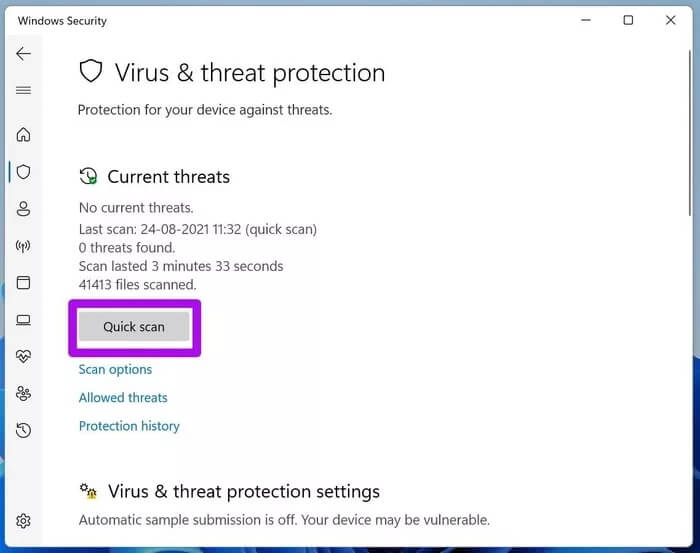
Step 3: Run a quick scan and let Windows find and remove any malicious files from storage.
It will take some time to perform a quick scan of your laptop. The remaining time will be calculated based on the number of files stored on your Windows device.
You can minimize the application and continue your work as usual. After the quick scan is complete, save your work and restart your computer. Afterward, try charging your Windows laptop again.
9. Remove external devices from your Windows laptop.
If your Windows laptop is connected to multiple smartphones or cameras, you will need to disconnect them from the laptop.
While charging your laptop with a charger, it will transmit this power to connected external devices and attempt to charge them. In this case, even if the charger and laptop are perfectly fine, you won't see any improvement in your battery charge numbers.
Remove any connected external devices and then try charging your laptop again.
Fix Charging Issues on a Windows Laptop
A Windows laptop that won't charge can affect your workflow, especially when you're trying to get some work done or in the middle of a Microsoft Teams meeting. The above tricks should fix the problem for you. Which method worked for you? Share your results with our readers in the comments section below.
